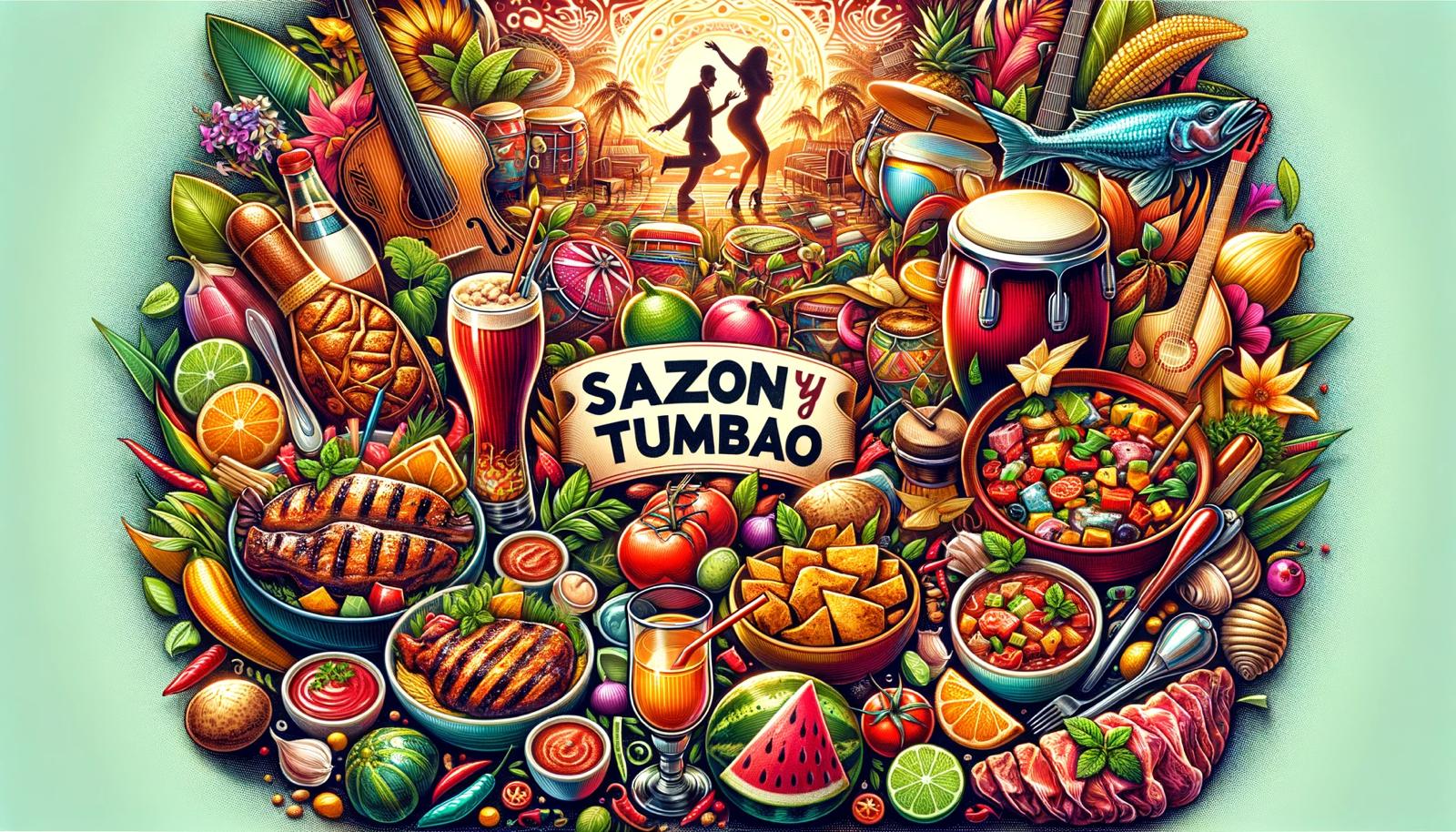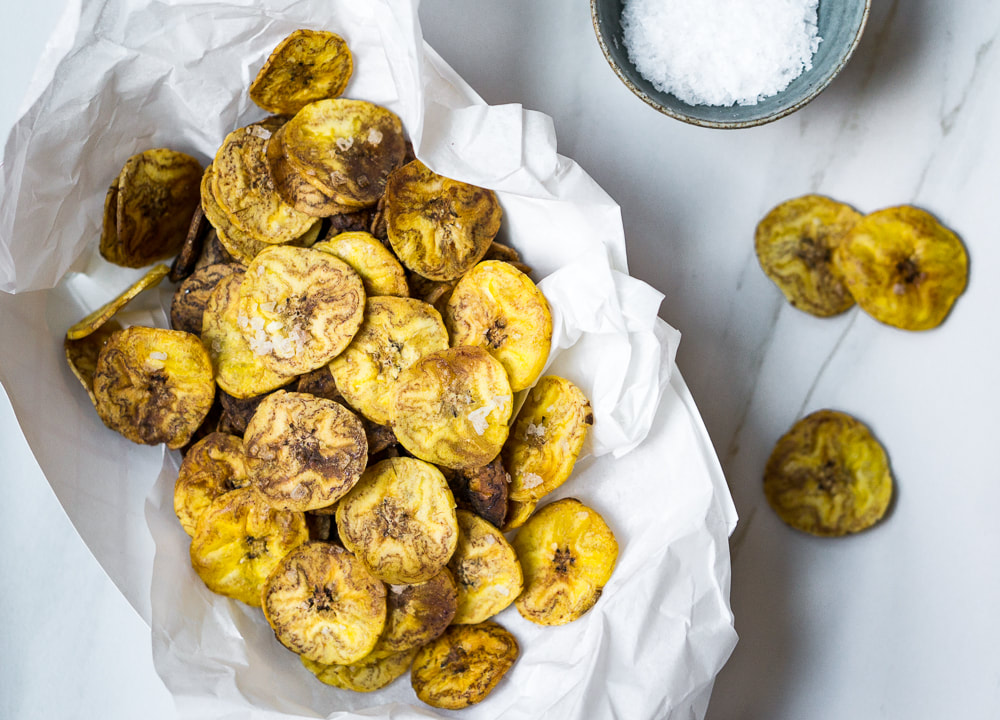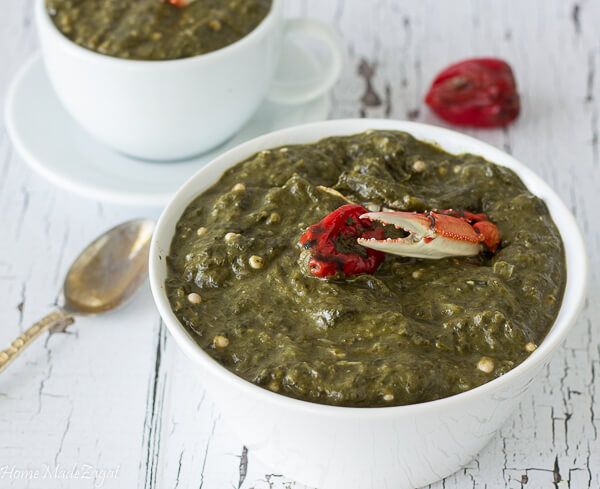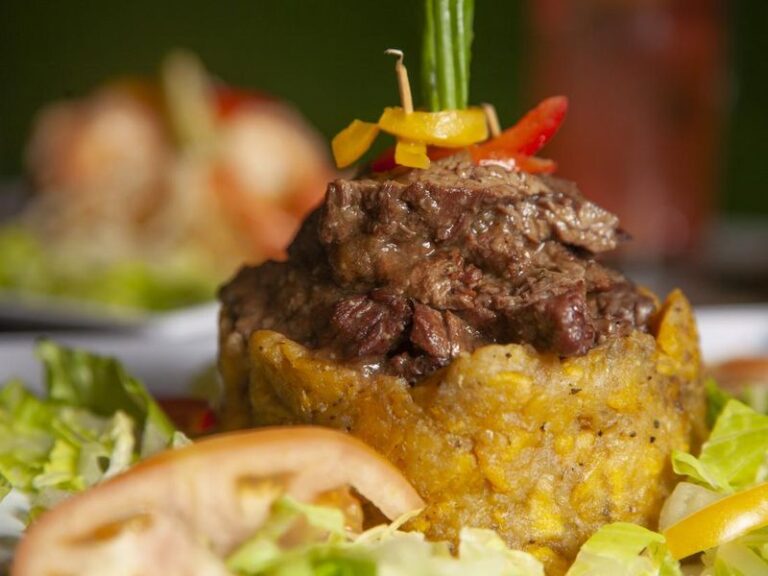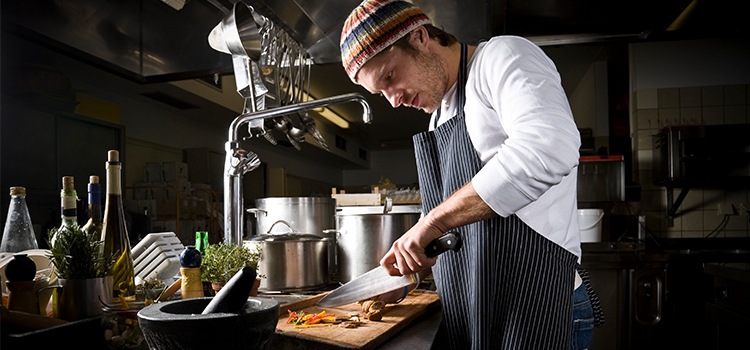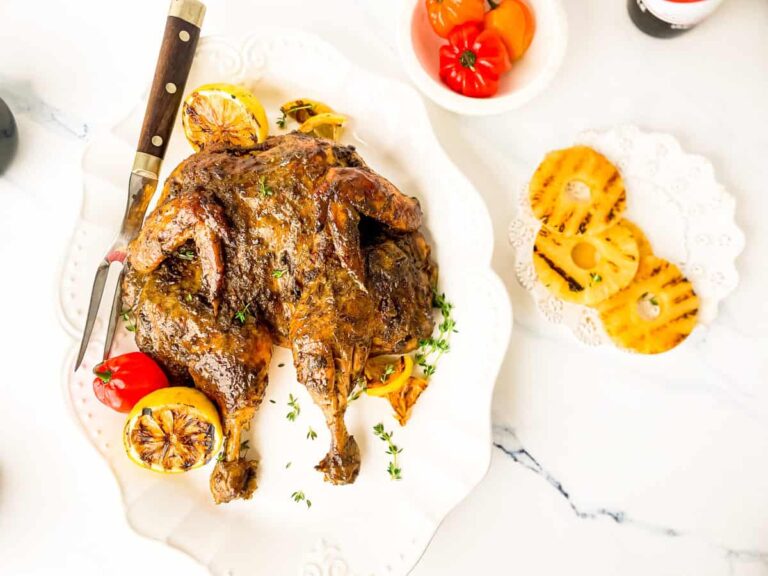Plantains and tostones are two culinary delights that have captured the hearts and taste buds of many across the globe. With their unique flavors, versatility in cooking, and rich nutritional profiles, these fruits (yes, they’re fruits!) have secured their place in kitchens worldwide.
In this blog, we’ll explore the differences between Plantain vs tostones, their origins, nutritional benefits, and the myriad of ways they can be incorporated into our culinary repertoire.

Origins and Characteristics
Plantains, often mistaken for bananas, are members of the banana family. Native to tropical regions of Southeast Asia, they have been cultivated for thousands of years and spread to various parts of the world through trade and exploration. These starchy fruits are larger and firmer than bananas, with a thicker peel that is green when unripe and yellow or black when ripe.

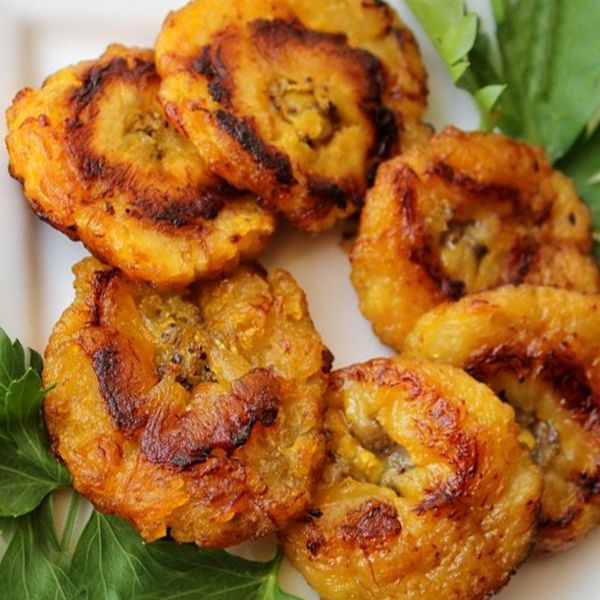
Tostones, on the other hand, are a popular dish made from green (unripe) plantains. Originating in the Caribbean and Latin America, tostones are a beloved snack or side dish in many households.
They are made by slicing green plantains into rounds, frying them until golden, flattening them, and frying them again until crisp.
Nutritional Value of Plantain vs tostones
Both plantains and tostones offer a plethora of nutrients that make them a valuable addition to any diet. Here’s a breakdown of their nutritional profiles:
Plantains
– Rich in complex carbohydrates, providing sustained energy.
– High in dietary fiber, aiding in digestion and promoting gut health.
– Excellent source of vitamins A, C, and B6, as well as minerals like potassium and magnesium.
– Contains resistant starch, which acts as a prebiotic and feeds beneficial gut bacteria.

Tostones
– Similar to plantains, tostones are rich in carbohydrates and dietary fiber.
– They contain less sugar compared to ripe plantains, making them a suitable choice for those monitoring their sugar intake.
– Due to the frying process, tostones may have a higher fat content, so moderation is key.

Culinary Uses PLANTAIN VS TOSTONES
One of the most enticing aspects of plantains and tostones is their versatility in the kitchen. Here are just a few ways they can be cooked and enjoyed:
1. Fried Plantains:
Ripe plantains can be sliced and fried to make sweet plantains, a popular side dish in Caribbean and African cuisine. They caramelize during frying, resulting in a sweet and tender treat.
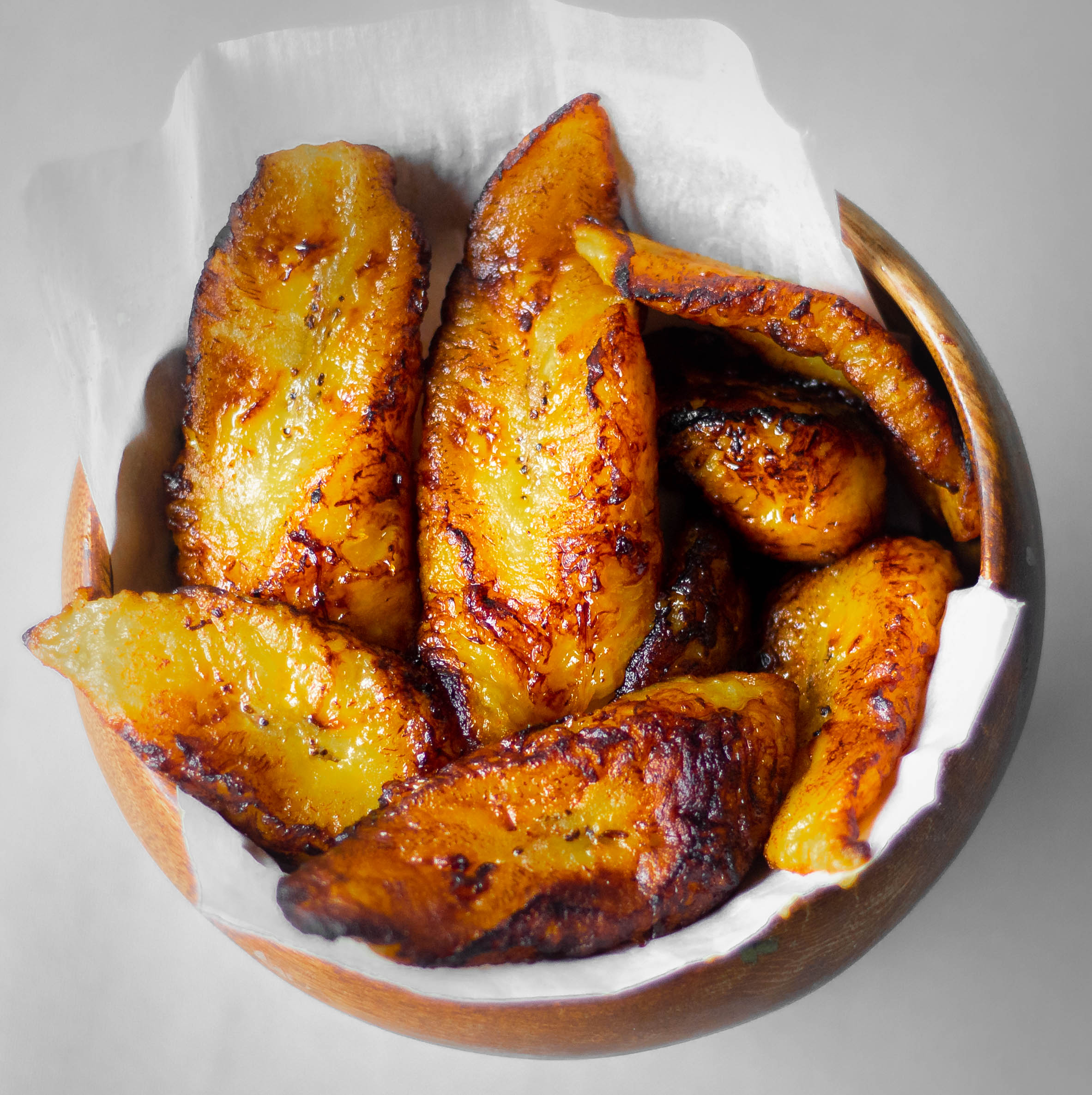
2. Boiled Plantains:
Green or semi-ripe plantains can be boiled and served alongside savory dishes, similar to potatoes or rice.
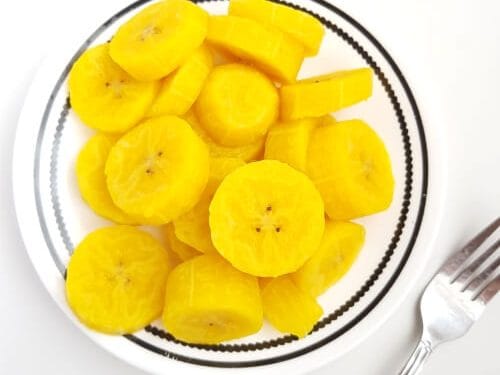
3. Plantain Chips:
Thinly sliced plantains can be fried or baked to make crispy chips, perfect for snacking or dipping into salsa or guacamole.
4. Plantain Mash:
Boiled plantains can be mashed and seasoned with herbs, garlic, and spices to create a flavorful alternative to mashed potatoes.
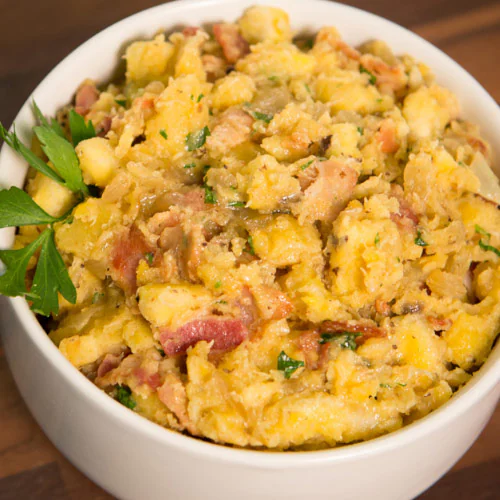
5. Tostones:
As mentioned earlier, frying green plantain slices make tostones, then flattening them and frying them again. They can be seasoned with salt and served as a snack, appetizer, or side dish.
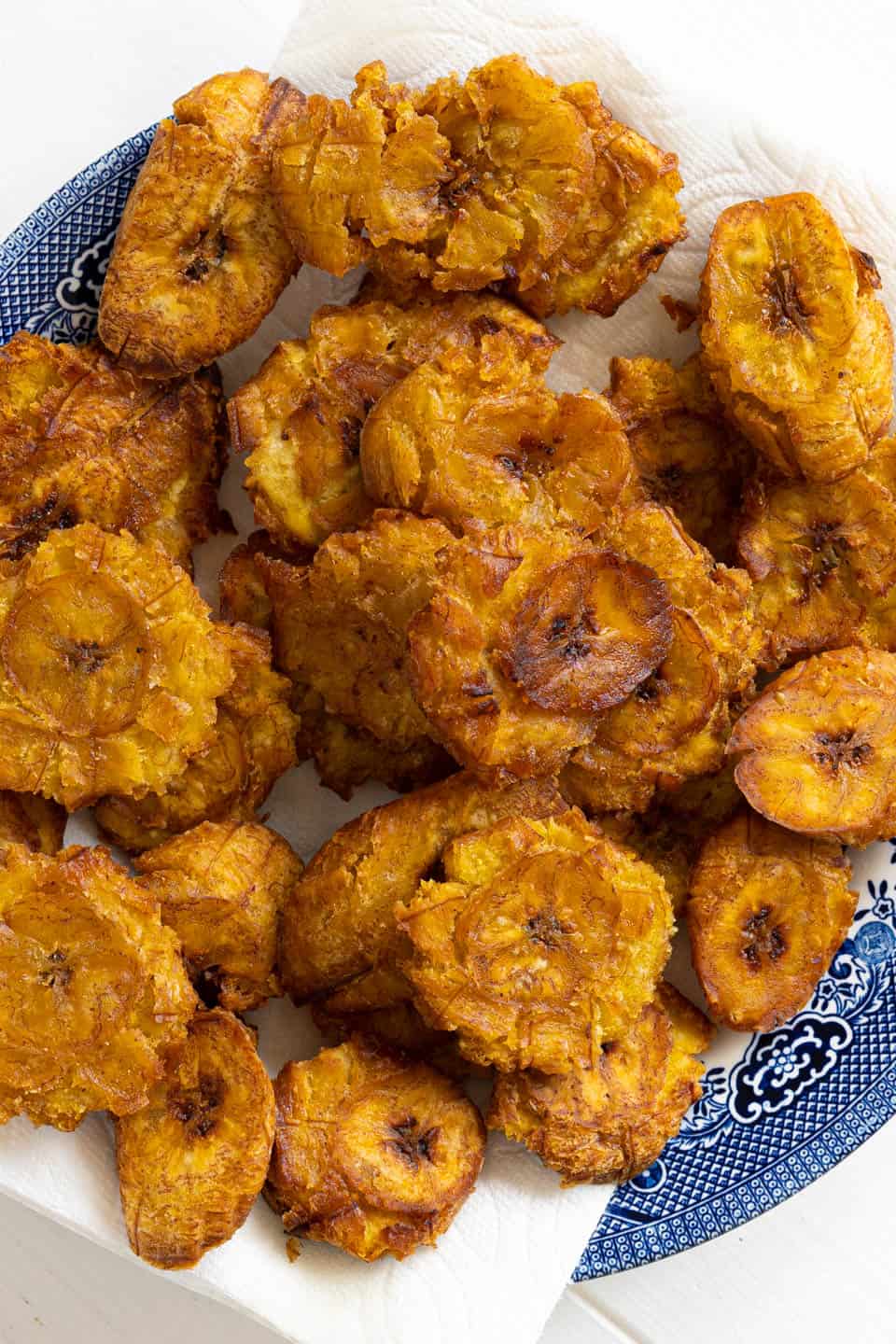
6. Tostones Toppings:
Tostones can be topped with a variety of ingredients, such as guacamole, salsa, shredded meat, or cheese, for a delicious and satisfying dish.

What’s the difference between plantains vs tostones?
Plantains and tostones are like cousins in the food world. Plantains are the big guys themselves, those starchy, banana-like fruits you see in the grocery store. They’re versatile and can be cooked in tons of ways depending on how ripe they are.
Tostones, on the other hand, are a specific dish made from plantains. You take green (unripe) plantains, slice ’em, fry ’em, smash ’em into flat rounds, and then fry ’em again until they’re crispy.
It’s a double-fry fiesta that turns plantains into a crunchy, savory treat. So, plantains are the raw material, and tostones are the delicious result of some culinary magic.

Conclusion
In the culinary showdown between plantains and tostones, there’s no clear winner – both offer unique flavors, textures, and nutritional benefits that make them stand out in their own right. Whether you’re craving a sweet indulgence or a savory snack, these versatile fruits have got you covered.
From fried plantains to crispy tostones, the possibilities are endless when it comes to incorporating them into your cooking repertoire. So why not experiment with these tropical delights and add a dash of Caribbean flair to your next meal? Your taste buds will thank you!
In summary, whether you’re team plantain or team tostones, one thing’s for sure – you’re in for a delicious culinary adventure!
Jl.Surjan
Disclosure: Our blog contains affiliate links to products. We may receive a commission for purchases made through these links. However, this does not impact our reviews and comparisons. We try our best to keep things fair and balanced, in order to help you make the best choice for you.
